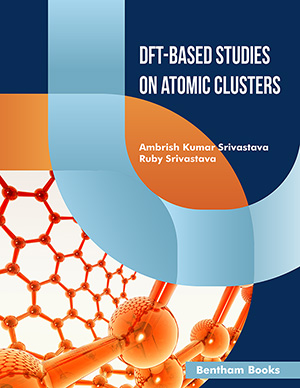
Abstract
Aims: Mechanism of fibroblasts in skin melanoma (SKME) revealed by single-cell RNA sequencing data.
Background: SKME is responsible for more than 80% of skin-related cancer deaths. Cancer-associated fibroblasts (CAFs) generate inflammatory factors, growth factors and extracellular matrix proteins to facilitate cancer cell growth, metastasis, drug resistance and immune exclusion. However, molecular mechanisms of CAFs in SKME are still lacking.
Objective: Our goal was to reveal the role of CAFs in SKME.
Methods: We downloaded the single-cell RNA sequencing (scRNA-seq) dataset from the Gene Expression Omnibus (GSE215120) database. Then, the Seurat package was applied to analyze the single-cell atlas of SKME data, and cell subsets were annotated with the CellMarker database. The molecular mechanisms of CAFs in SKME were disclosed via differential gene expression and enrichment analysis, Cellchat and SCENIC methods.
Results: Using scRNA-seq data, three SKME cases were used and downscaled and clustered to identify 11 cell subgroups and 5 CAF subsets. The enrichment of highly expressed genes among the 5 CAF subsets suggests that cell migration-inducing hyaluronan-binding protein (CEMIP) + fibroblasts and naked cuticle homolog 1 (NKD1)+ fibroblasts were closely associated with epithelial to mesenchymal transition. Cellchat analysis revealed that CAF subpopulations promoted melanocyte proliferation through Jagged1 (JAG1)-Notch homolog 1 (NOTCH1), JAG1-NOTCH3 and migration through pleiotrophin (PTN)-syndecan-3 (SDC3) receptor-ligand pairs. The SCENIC analysis identified that most of the transcription factors in each CAF subpopulation played a certain role in the metastasis of melanoma and were highly expressed in metastatic SKME samples. Specifically, we observed that CEMIP+ fibroblasts and NKD1+ fibroblasts had potential roles in participating in immune therapy resistance. Collectively, we uncovered a single-cell atlas of SKME and revealed the molecular mechanisms of CAFs in SKME development, providing a base for immune therapy and prognosis assessment.
Conclusion: Our study reveals that 5 CAFs in SKME have a promoting effect on melanocyte proliferation and metastasis. More importantly, CEMIP+ fibroblasts and NKD1+ fibroblasts displayed close connections with immune therapy resistance. These findings help provide a good basis for future immune therapy and prognosis assessment targeting CAFs in SKME.
Keywords: Skin melanoma, cancer-associated fibroblasts, immune microenvironment, single-cell RNA sequencing, stromal heterogeneity, fibroblast.
 40
40


























